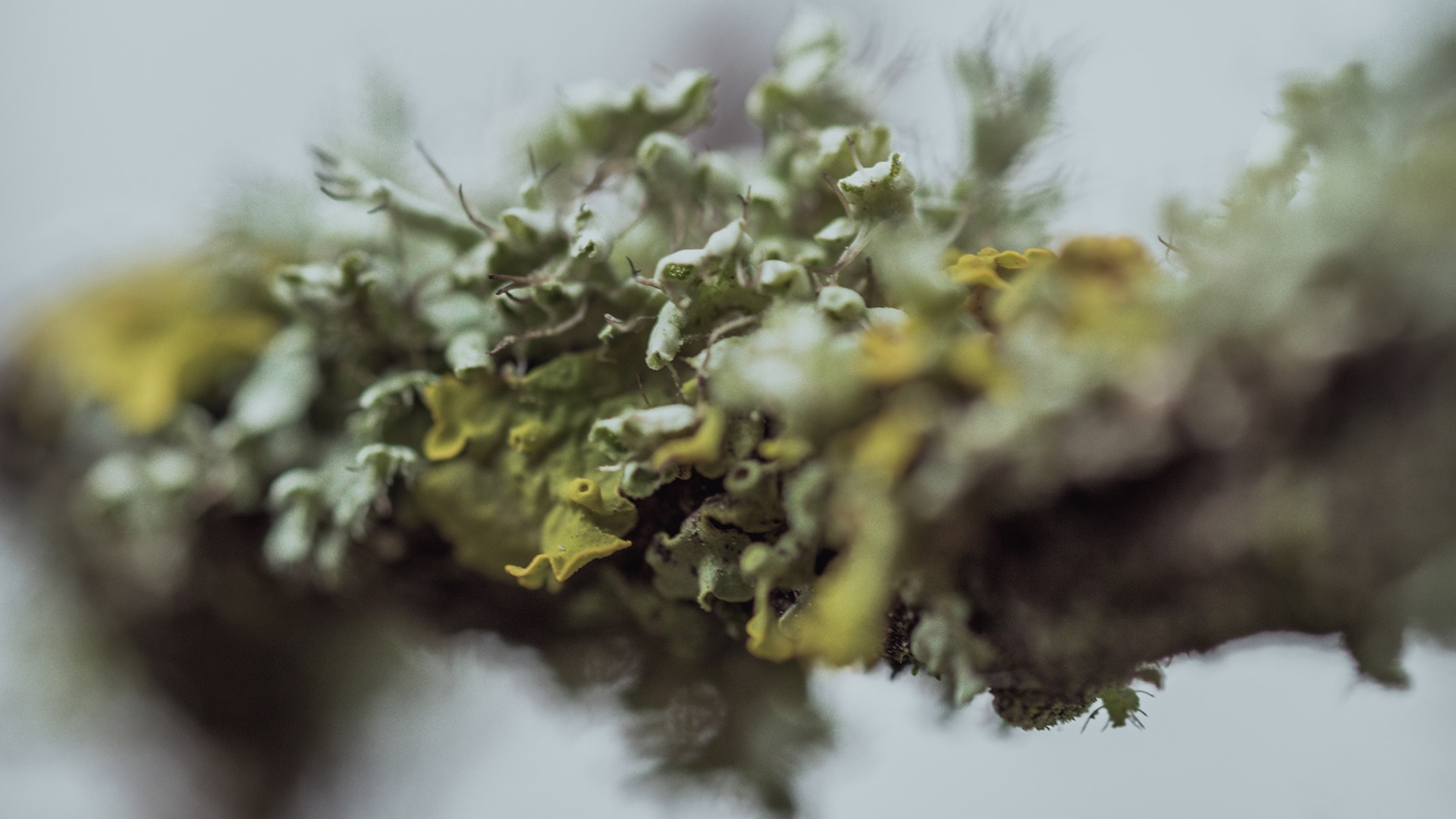Have you heard of macro photo? Fascinating and intriguing, tiny fauna and flora have been a constant source of inspiration in every art form, including photography. Capturing a minuscule world and bringing its secrets to light requires some technical know-how and, above all, a lot of calm and practice. Here are a few tips on how to best approach macro-photography.

You’re getting blind.
Don’t miss the best of visual arts. Subscribe for $9 per month or $108 $90 per year.
Already suscribed ?



